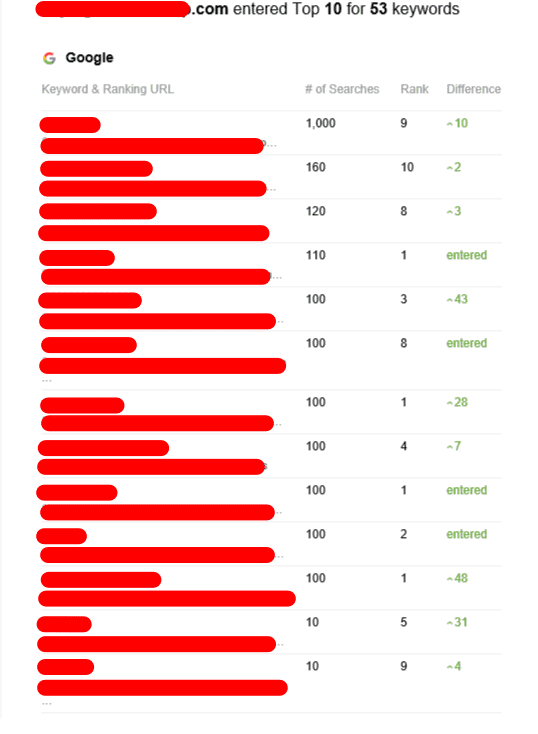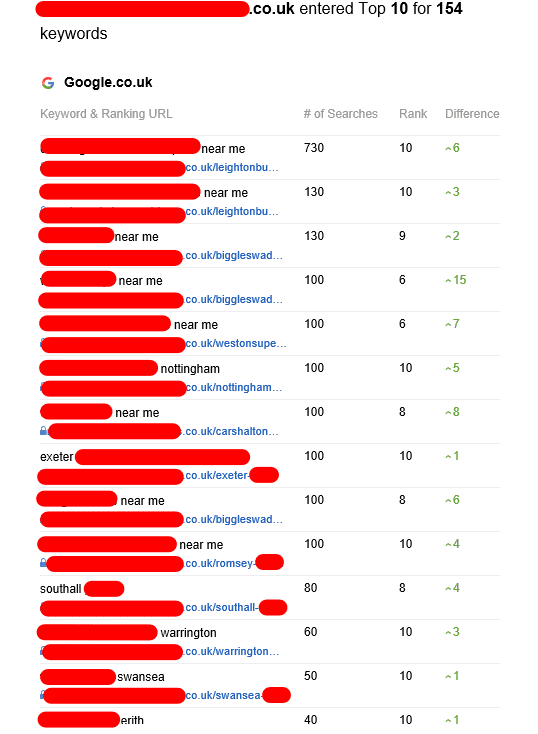The Next Big Thing In Website Optimization
 What is Website Optimization?
What is Website Optimization?Website optimization is the process of enhancing your web presence to increase traffic, conversions and search results on engines. It involves a variety of strategies including keyword research web structure, on-page search engine optimization.
This includes optimizing the internet experience of your customers, by reducing load time, and using multivariate or A/B testing.
Page Speed
Page speed is among the most important aspects of website optimization. It is essential, since Google gives preference to websites that load quickly. This aids them in their rankings. Websites that load slowly can hinder users from staying on your website, leading to a higher bounce rate and a lower convert rate. If you want your site to increase sales and leads you must improve the page speed.
Slow websites aren't just annoying to visitors but they can also be costly to businesses. According to research, if your website takes more than three seconds to load, you will see a 32% rise in the number of users who leave the site. This could cost your business thousands of dollars in lost revenue.
You can increase the speed of your website by making some small modifications. Reduce the size of your files to achieve this. This will make your website load faster and reduce the chances of errors caused by large files. TinyPNG is one of the many tools that can aid.
Another way to increase the speed of your website is by avoiding code bloat, or unnecessary features that slow down your website. This can be achieved by using lightweight frameworks and by removing unnecessary plugins that aren't needed for your site. Additionally, you can cut down on the loading time of your website by using the use of a CDN (content delivery network) to cache your content. This will allow your website to load faster across different locations.
Google has been claiming that speed of pages is a key ranking factor in search results since 2010. It will be more important in 2021. A slow website can make visitors leave your site, which could adversely affect your SEO rankings. They might also choose to visit a competitor's site which is more responsive.
To gauge the speed of your site, you can use Google's Page Speed Insights tool. This tool will provide you with an assessment and pinpoint any issues causing your website to load slowly. The tool breaks down the metrics into categories so that you can concentrate on the things that matter most. For instance, a low First Meaningful Paint number indicates that your website is taking too long to load.
Mobile Usability
Mobile usability is a crucial aspect of optimizing your website, as mobile users are less likely to stick around for websites that are difficult. In 2020, Americans are expected to spend four hours per day using their mobile devices. Making your mobile site user-friendly is essential.
Mobile user experience (UX) is quite different from desktop designs, because it's all about how users interact with your site using their fingers instead of keyboards and mouse. This means that mobile site designs should be user-friendly in order to be readable and intuitive.
The factors that affect UX and mobile web optimization include text size, clickable elements and loading time. The viewport size is defined in the website's HTML header and it determines the way your website will appear on mobile devices. Text size is an important UX factor for mobile devices as it guarantees that your content can be read on small screens. Clickable elements are important to ensure that mobile users click the right buttons and links, and load time is an issue because people don't have long attention spans when browsing on their phones.
To determine the mobile-friendlyness of your site to determine its mobile-friendlyness, Google offers the Mobile-Friendly Test tool. This tool lets you test individual pages to determine if they are suffering from common mobile issues, such as too small text or too close-together clickable elements.
You can also test mobile usability by tracking the traffic to your website using a device. This can be done by navigating to the «Device Category Report» in Google Analytics. This will allow you to keep track of mobile traffic, and spot any sudden changes which could indicate that your site's mobile-optimization strategy is not working. You can also utilize Ahrefs rank tracker to see how your site's performance is ranked across all devices and engines. Be aware that rankings can be very different between mobile and desktop, so it's important to be aware of both when evaluating your website's performance. Keep in mind that mobile sites are usually rewarded by higher visibility on search engine results.
You can also find out more about SEO by clicking here.
Search engine optimization is a collection of methods that determine the way a website is ranked organically on the major search engine optimization in london engines. It entails optimizing the content performing keyword searches and earning inbound hyperlinks to improve the visibility of a website.
While the technology behind search engines is constantly evolving However, the processes and techniques are relatively stable. This is particularly true for technical aspects of a site, such as site speed and mobile-friendly. Website owners need to keep up with these changes, otherwise they may lose their ranking in search results.
There are three major categories that make up SEO including content, technical and off-site. The two categories that are technical and content, are aspects that businesses are able to control. The third off-site is the aspect of SEO that is a part of SEO that takes place outside of a website's domain. The combination of on-page, content and off-page SEO contributes to higher rankings on the search engine results pages (SERPs).
If a local company sells donuts, for instance it should be found on the top of searches for «doughnut shop Amsterdam» to draw in customers and increase sales.
On-page SEO is based on keywords and meta-tags such as Meta descriptions and title tags. The body of a page should also contain keywords-rich content. A clearly defined URL slug that includes the keyword of your choice is important. Yoast is a plugin that can be used on most CMS platforms.
Speed of the page is another crucial factor, which determines the time it takes to load an online site. A website that is slow to load can be an inconvenience for users and can adversely affect their experience. Using a tool such as Google's PageSpeed Insights will assist you in determining how fast or slow your website is and provide suggestions to fix it.
Off-page SEO is a part of SEO that includes activities that aren't related to a site. For example, link building, guest blogging, and social media marketing. It is important to note that while these activities can increase a website's rankings but they do not guarantee the site's first place in SERPs.
Content Marketing
Content marketing has come into its own in recent years, as it has proven to be an effective method to engage customers and generate leads for businesses of all sizes. It is a great ROI, and the results tend to be long-term. It also requires a much less money than traditional advertising methods.
To be efficient, your content needs to be optimized. This means that you ensure that your content includes relevant keywords and is well-organized with clear structure. This means using the appropriate tags and metadata to ensure that search engines can understand what your content is all about. It is also important to include images and videos in your content.
A solid strategy for optimizing your website will result in a better ranking on search engine optimisation company london engine results pages (SERPs) which ultimately drives more visitors to your website. It can also boost your brand's image and boost the visibility of your products and services. A poorly optimized site could have the opposite effect, resulting in a lower rank or fewer visitors.
Many companies specialize in optimizing websites and establishing a strategy for content. They can analyze your current content and technical practices, devise an action plan and put up PPC ads. They can also maintain your website. They can also optimize your content and create new blogs and articles that are SEO-friendly.
As the demand for digital marketing increases and so is the need to improve your website. This is an essential step in the development and growth of your business. It will help you reach your goals of growth. These tips will help you keep your website up-to date and provide the best possible user experience for your customers.
In a world of choice, in which consumers have the option of various products and service options it is crucial to stand out by providing interesting and relevant content. This can be in the form of blog posts as well as infographics, video clips, and more. You can use tools such as rellify to search for and create relevant content that ranks highly on search result pages.
 The first step is to establish what your goal is. This will depend on the nature of your business, but it should be clear and measurable.
The first step is to establish what your goal is. This will depend on the nature of your business, but it should be clear and measurable.